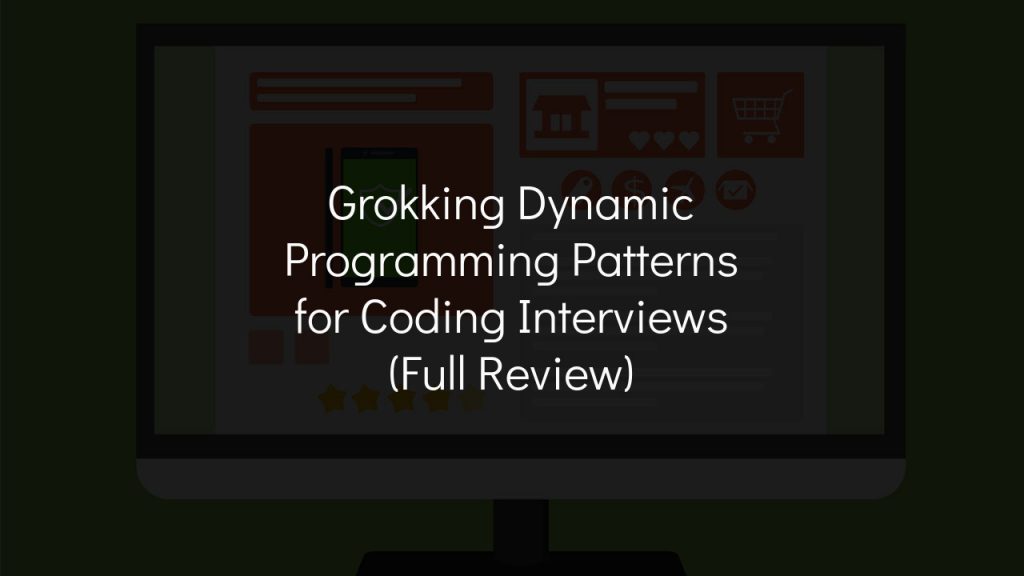Grokking Dynamic Programming Patterns for Coding Interviews: Full Course Review
🚨 Disclaimer: THIS COURSE IS NOT
FOR CODE NEWBIES. 🚨
When you’re preparing for that coding interview, you need all the help you can get.
Especially when it comes to dynamic programming patterns.
We’ve found a dynamic programming course… And it contains some of the most common dynamic programming problems and solutions.
But first, let’s go what dynamic programming is…
This post contains affiliate links. I may receive compensation if you buy something. Read my disclosure for more details.
What are some characteristics of dynamic programming?
🔷 The problem can be divided into stages with optimal policies for each stage.
🔷 The variable states in each stage of the process examine how future actions will be influenced by present decisions.
🔷 In dynamic programming, you develop a recursive optimization procedure to build a solution to the N-stage problem.
We use the dynamic programming approach when there are problems that can be broken down into sub-problems.
Thus in dynamic programming, the results can be reused.

And by learning common algorithms, you’ll be able to navigate programming problems and solutions using dynamic programming for coding interviews.
Now let’s dig into this course.
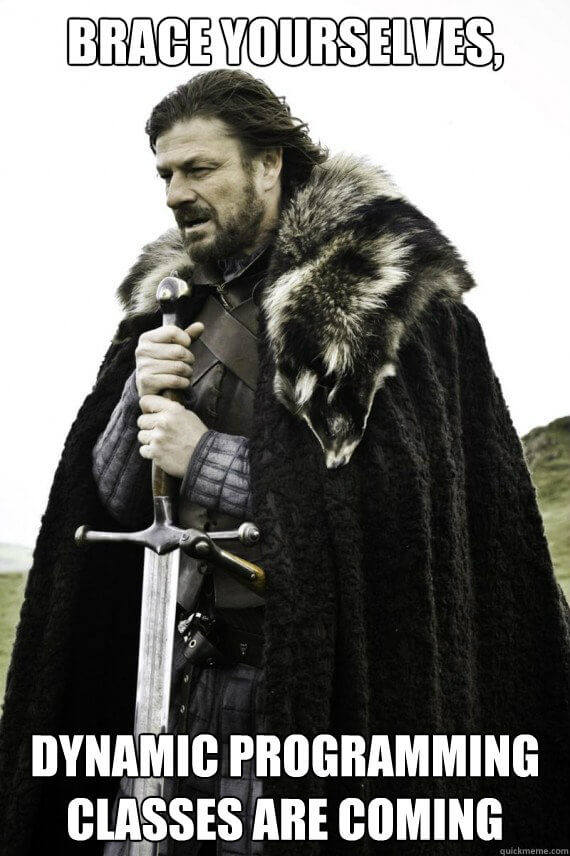
Want to know more about the Grokking series on Educative?
Check out our full review list.
Grokking Dynamic Programming Patterns for Coding Interviews
Grokking Dynamic Programming Patterns for Coding Interviews is a new course on the Educative.io platform by the highly respected Design Gurus team.
⚠️ Level: Beginner
| Lessons | 38 |
| Challenges | 28 |
| Playgrounds | 392 |
| Code Snippets | 65 |
| Illustrations | 252 |
Estimated completion time: 18 hours
The 5 modules in this course are broken down into patterns:
- Pattern 1: 0/1 Knapsack
- Pattern 2: Unbounded Knapsack
- Pattern 3: Fibonacci Numbers
- Pattern 4: Palindromic Sequence
- Pattern 5: Longest Common Substring
Every module contains multiple lessons broken down by:
- introduction
- problem statement (prompt)
- solution
- code in 4 languages – Java, JavaScript, Python3, C++
- top-down dynamic programming with memoization
- bottom-up dynamic programming
- challenge (quiz)
Let’s take a closer look at each module. And the prompts contained within some of the lessons.
Note: There is an obscene amount of problems in this course. We can’t get to all of them, but will highlight some of the better challenges. 😱
✨ Pattern 1: 0/1 Knapsack
0/1 Knapsack is one of the most common dynamic programming patterns for coding interviews.
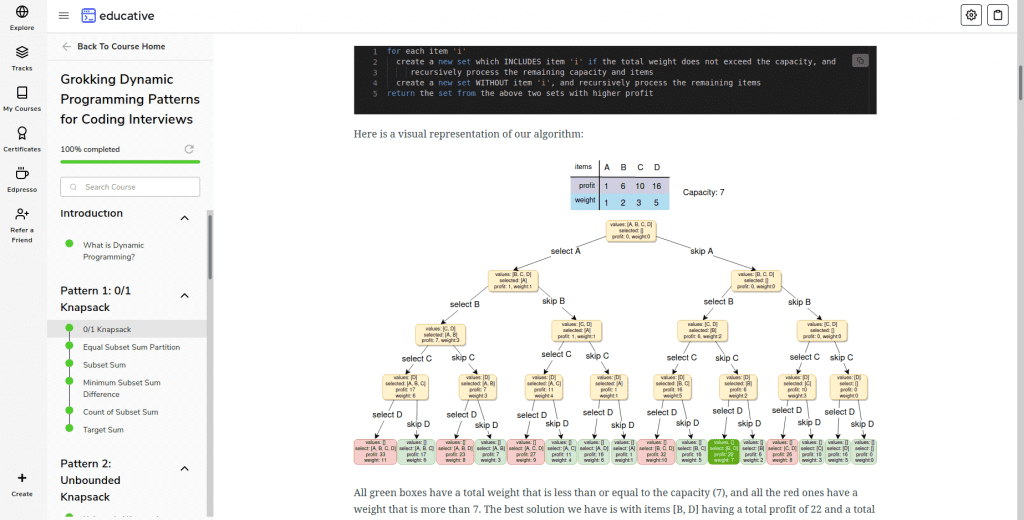
In this pattern you’ll work on this and other special cases of knapsacks such as:
✅ Equal Subset Sum Partition
✅ Subset Sum
Example challenge of subset sum: Given a set of positive numbers, determine if a subset exists whose sum is equal to a given number ‘S’.
✅ Minimum Subset Sum Difference
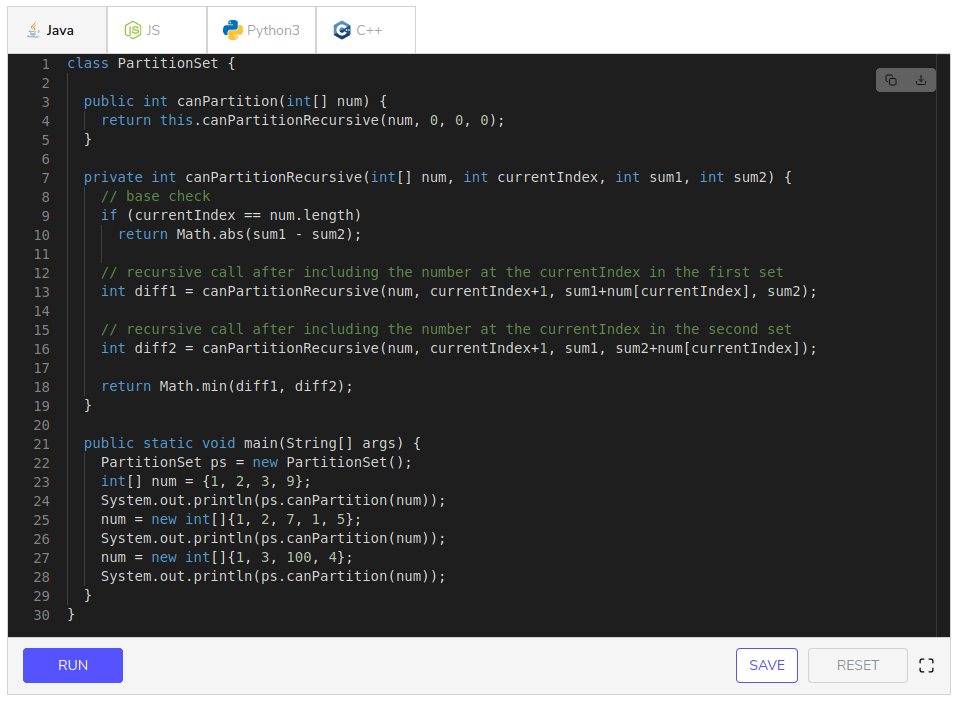
✅ Count of Subset Sum
✅ Target Sum
Example challenge of a target sum: Given – a set of positive numbers and a target sum ‘S’. Each number should be assigned either a ‘+’ or ‘-’ sign. Then find out total ways to assign symbols to make the sum of numbers equal to target ‘S’.
✨ Pattern 2: Unbounded Knapsack
Unbounded knapsack is the unlimited number of instances of an item allowed.
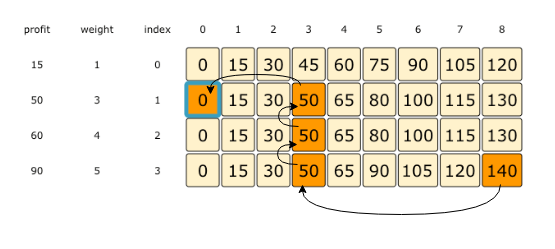
In this pattern you’ll work on some common unbounded knapsack-related problems:
✅ Unbounded Knapsack
Unbounded knapsack example challenge: Given two integer arrays to represent weights and profits of ‘N’ items, find a subset which will give us maximum profit…
✅ Rod Cutting
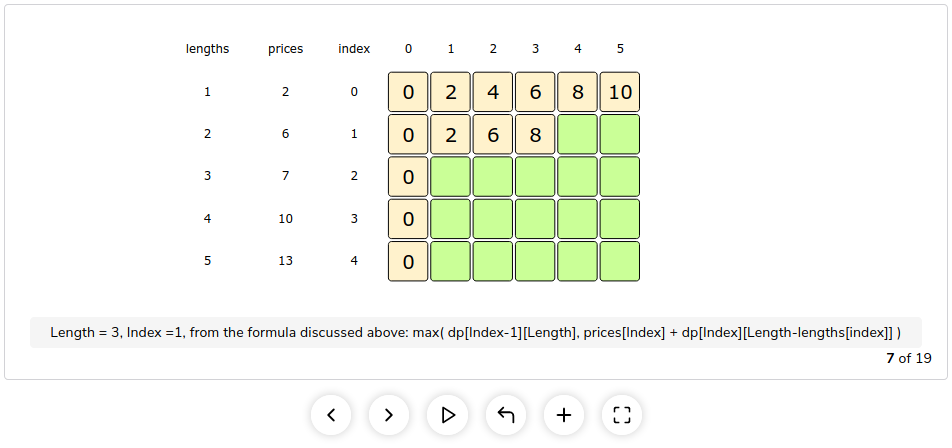
✅ Coin Change
✅ Minimum Coin Change
✅ Maximum Ribbon Cut

✨ Pattern 3: Fibonacci Numbers
The Fibonacci Sequence is a series of numbers where each number is the sum of the two preceding numbers.
For example, the first few numbers in the Fibonacci Sequence are 0, 1, 1, 2, 3, 5, 8, 13, 21, etc…
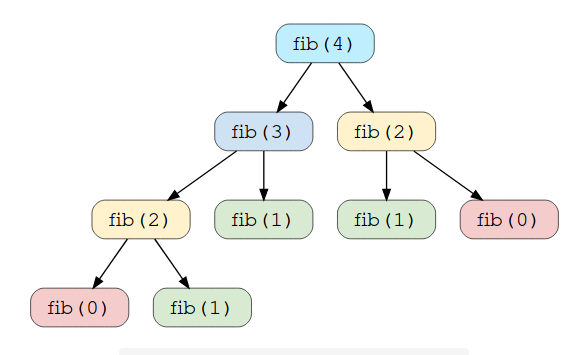
And using variations of the Fibonacci Sequence pattern, you’ll work on some popular problems:
✅ Fibonacci Numbers
✅ Staircase
Example staircase challenge: Given a stair with ‘n’ steps, implement a method to count how many possible ways are there to reach the top of the staircase. At every step you can take 1, 2 or 3 steps.
✅ Number Factors
✅ Minimum Jumps to Reach the End
✅ Minimum Jumps with Fee
Example minimum jumps with fee challenge: Implement a method to calculate the minimum fee required to reach the top of the staircase (beyond the top-most step).
✅ House Thief
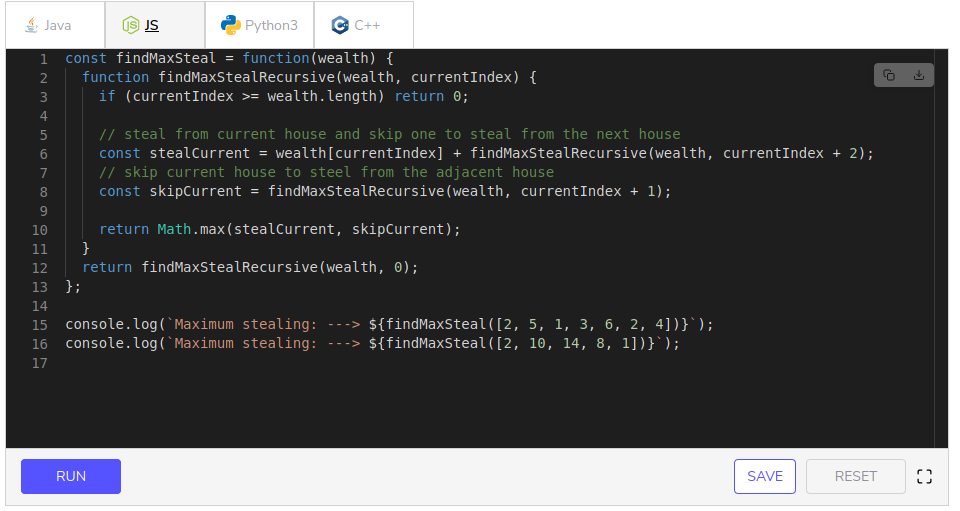
✨ Pattern 4: Palindromic Subsequence
Palindromic Subsequence is the sequence of characters within a string that reads the same forwards and backwards.
So for example the longest palindromic subsequence in “ABDBCA” would be “ABDBA.”
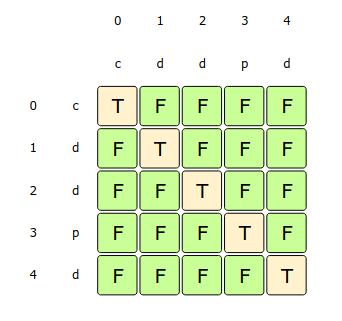
✅ Longest Palindromic Sequence
✅ Longest Palindromic Substring
Example challenge of longest palindromic substring: Given a string, find the length of its Longest Palindromic Substring (LPS).
✅ Count of Palindromic Substrings
✅ Minimum Deletions in a String to make it a Palindrome
✅ Palindromic Partitioning
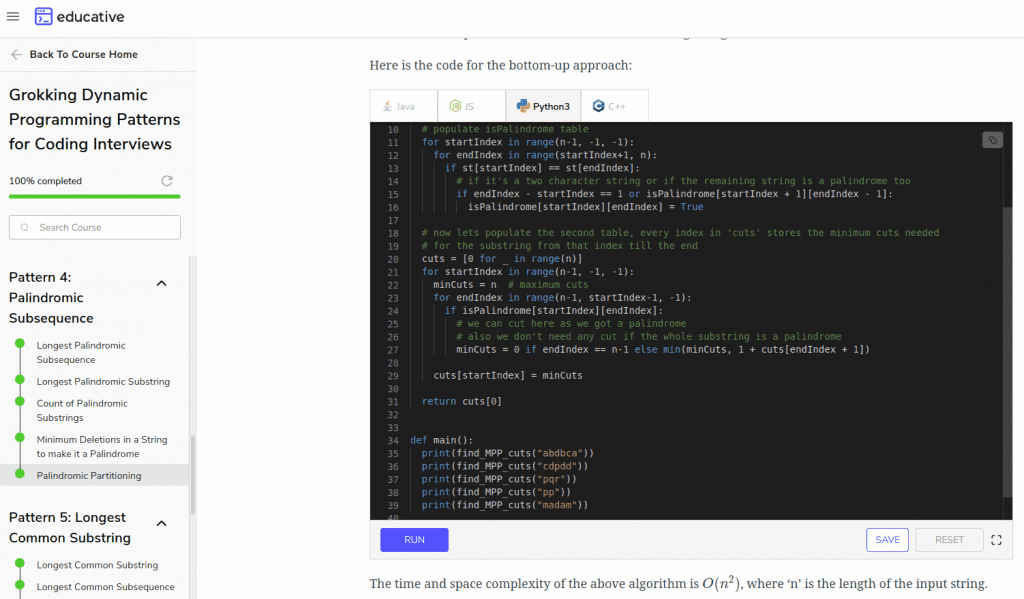
✨ Pattern 5: Longest Common Substring
A longest common substring is a sequence that appears in the same order in two or more strings.
For example, the longest common substring of “ABABC” and “ABCBA” is the string “ABC.”
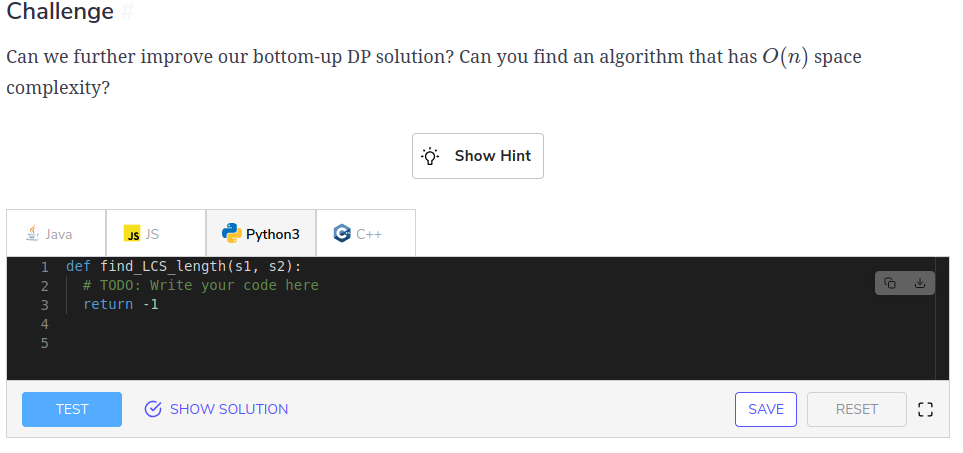
Variations of this dynamic programming algorithm commonly asked at coding interviews. And this module is packed with examples:
✅ Longest Common Substring
✅ Longest Common Subsequence
✅ Minimum Deletions & Insertions to Transform a String into Another
✅ Longest Increasing Subsequence
✅ Maximum Sum Increasing Subsequence
Example challenge of maximum sum increasing subsequence: Given a number sequence, find the increasing subsequence with the highest sum. Then write a method that returns the highest sum.
✅ Shortest Common Super-sequence
✅ Minimum Deletions to Make a Sequence Sorted
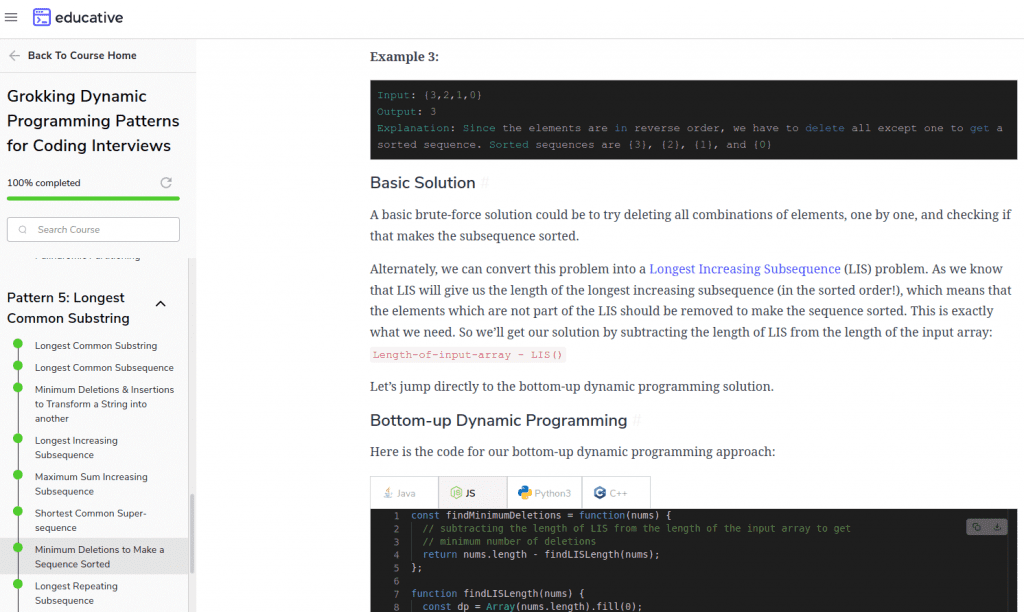
✅ Longest Repeating Subsequence
✅ Subsequence Pattern Matching
Example challenge of subsequence pattern matching: Given a string and a pattern, write a method to count the number of times the pattern appears in the string as a subsequence.
✅ Longest Bitonic Subsequence
✅ Longest Alternating Subsequence
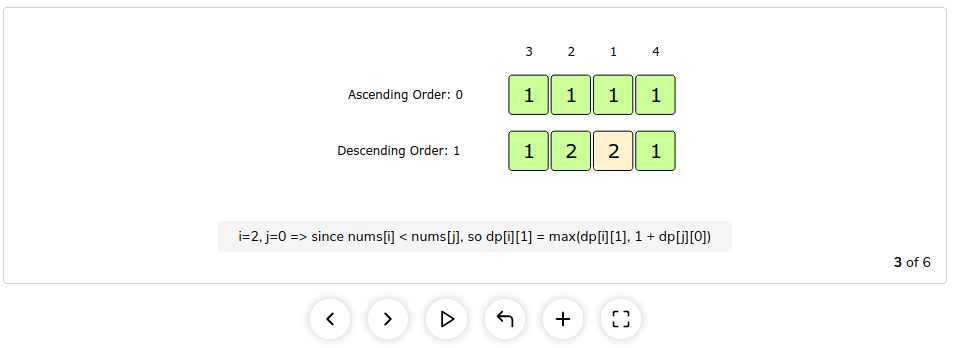
✅ Edit Distance
✅ Strings Interleaving
💰 Cost
You can get this course for $39 per year.
Or, you can follow in the footsteps of other wise programmers and get a subscription to the entire Educative.io platform.
| Grokking Dynamic Programming for Coding Interviews Course | Monthly Subscription | Yearly Subscription | |
| Cost | $39 per year | $59 per month | $21 per month |
| Access to 170+ courses | ❌ | ✅ | ✅ |
| Early access to new courses | ❌ | ❌ | ✅ |
| Certificate of Completion (New!) | ✅ | ✅ | ✅ |
You can check out Grokking Dynamic Programming Patterns for Coding Interviews here.
Is Grokking Dynamic Programming Patterns for Coding Interviews worth it? Conclusion
YES, Grokking Dynamic Programming Patterns for Coding Interviews on Educative.io is worth it.
These problems are mind-melting. But with the help of Design Gurus, you’ll learn how to navigate common dynamic programming problems and solutions.
And by knowing how to solve dynamic programming problems, you’ll be able to face (and hopefully ace) the coding interview.
Up Next: 11 FAANG Interview Prep Resources You Can’t Afford to Miss Out On
Is Grokking Dynamic Programming Patterns for Coding Interviews worth it?
Yes, Grokking Dynamic Programming Patterns for Coding Interviews on Educative.io is worth it. With this dynamic programming course, you’ll learn how to navigate common dynamic programming problems and solutions. And by knowing how to solve dynamic programming problems, you’ll be able to face (and hopefully ace) the coding interview.
What are some characteristics of dynamic programming?
Some characteristics of dynamic programming include 1.) the problem can be divided into stages with optimal policies for each stage 2.) the variable states in each stage of the process examines how future actions will be influenced by present decisions 3.) the programmer develops a recursive optimization procedure which builds a solution to the N-stage problem… We use the dynamic programming approach when there are problems that can be broken down into sub-problems. And this way the results can be reused.
Where can I find dynamic programming problems and solutions?
You can find dynamic programming problems and solutions in the course Grokking Dynamic Programming Patterns for Coding Interviews. This course is on Educative.io. And it contains some dynamic programming questions most frequently asked at coding interviews such as the Fibonacci sequence, 0/1 Knapsack, and more.
